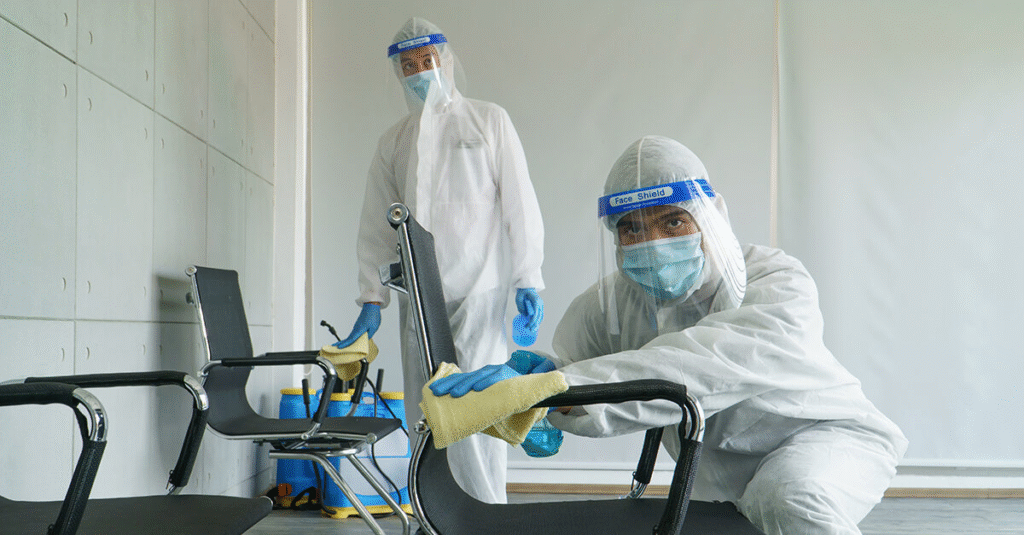
In a world increasingly aware of hygiene and disease prevention, disinfection has emerged as an essential practice in both public and private settings. Disinfection refers to the process of eliminating or reducing harmful microorganisms, such as bacteria, viruses, and fungi, from surfaces and objects. This practice plays a critical role in breaking the chain of infection and minimizing the spread of co 霧化機 ntagious diseases. With the experience of global health crises like COVID-19, individuals and institutions have recognized the urgent importance of incorporating regular and effective disinfection into their routines, not only to protect themselves but also to contribute to broader public health efforts.
The science behind disinfection relies on the use of chemical agents or physical methods to destroy pathogens. Common disinfectants include alcohol-based solutions, bleach, hydrogen peroxide, and quaternary ammonium compounds. Each of these substances works differently, targeting the cell structure or proteins of microbes to inactivate or kill them. The effectiveness of a disinfectant depends on factors such as the type of microorganism, concentration of the chemical, contact time, and the surface being treated. In some settings, especially hospitals and laboratories, advanced technologies like UV-C light and fogging systems are also employed to ensure comprehensive disinfection of air and surfaces.
Healthcare facilities represent one of the most critical environments where disinfection must be consistently applied. Hospitals and clinics are high-risk areas for infections, especially due to the presence of patients with weakened immune systems and the use of invasive medical equipment. Disinfecting patient rooms, operating theaters, instruments, and high-touch surfaces such as doorknobs and bed rails can significantly reduce hospital-acquired infections (HAIs). To ensure thoroughness, medical institutions follow strict protocols and guidelines established by organizations like the Centers for Disease Control and Prevention (CDC) and the World Health Organization (WHO), making disinfection a cornerstone of patient safety and care.
Beyond healthcare, disinfection is equally important in public spaces, schools, offices, restaurants, and transportation systems. High-traffic areas harbor a vast number of germs that can easily transfer from surface to person. The pandemic highlighted the need for regular disinfection of desks, elevators, railings, mobile phones, and even packaging materials. Businesses and educational institutions have adapted by incorporating cleaning schedules, installing hand sanitizer stations, and using disinfectant sprays and wipes to ensure that communal environments remain safe for occupants. These practices have not only reduced the risk of viral transmission but have also fostered a culture of cleanliness and responsibility among the general public.
At home, disinfection routines contribute greatly to the health of families and individuals, especially those with children, elderly members, or people with compromised immunity. Frequently touched surfaces like countertops, bathroom fixtures, light switches, and electronic devices should be cleaned and disinfected regularly to minimize microbial load. Using EPA-approved disinfectants and following proper application instructions ensures that harmful pathogens are effectively eliminated. Moreover, practices such as washing hands before meals, after bathroom use, and upon returning home complement surface disinfection and reinforce overall hygiene, creating a protective barrier against common illnesses like flu, colds, and gastrointestinal infections.
In conclusion, disinfection is not just a reactive measure during outbreaks but a proactive habit that supports long-term health and safety. Whether in hospitals, public spaces, or homes, the consistent application of disinfection practices helps prevent disease transmission, ensures cleaner environments, and instills peace of mind. As science continues to advance, new disinfection technologies and eco-friendly products are being developed, making the process even more effective and sustainable. By embracing and prioritizing disinfection in our daily lives, we not only protect ourselves but also contribute to the well-being of our communities and the resilience of our healthcare systems.
Be First to Comment